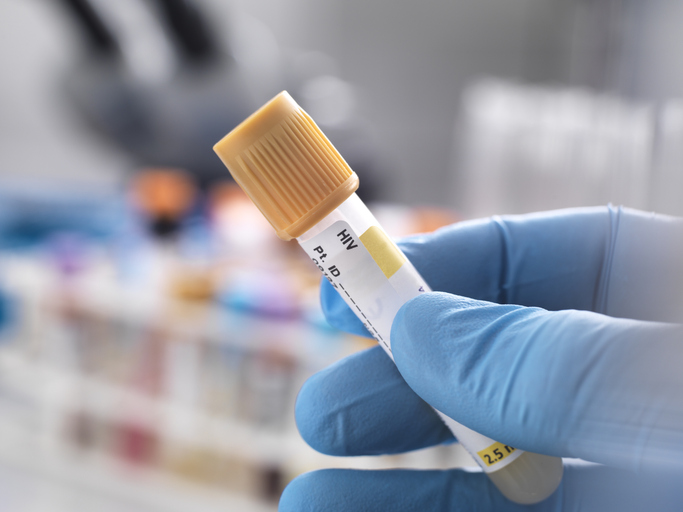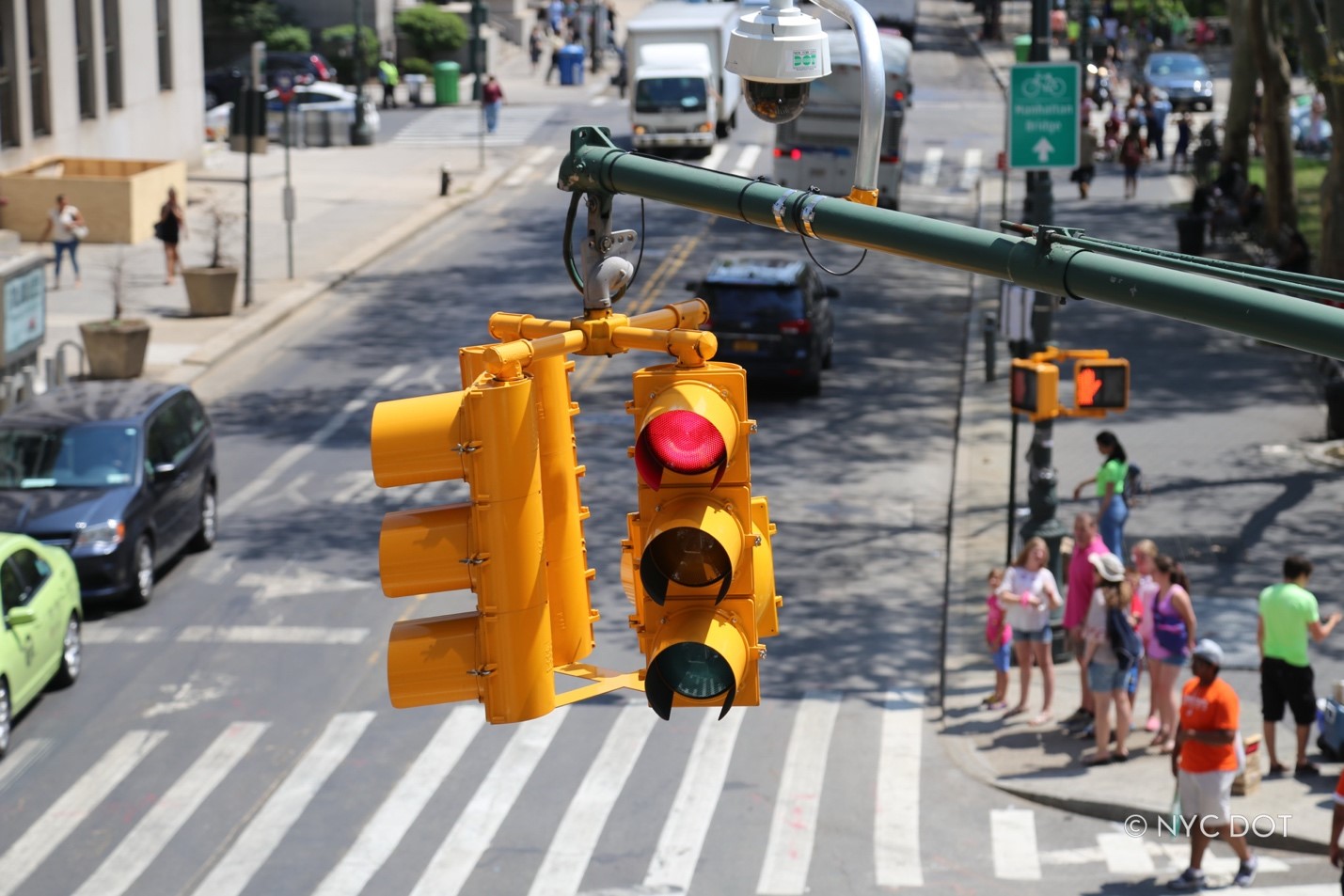What to Know About the New Malaria Vaccine
The World Health Organization has approved a new malaria vaccine, R21/Matrix-M, developed by the University of Oxford. It is the second malaria vaccine, expected to be cost-effective at $2 to $4 per dose. This vaccine, administered in three doses with a 12-month booster, targets a disease that impacts millions globally, with a focus on protecting vulnerable children.

Author: Rajiv Bahl
- There’s a new malaria vaccine now available to combat the viral disease.
- This is the second malaria vaccine available, but this vaccine is expected to be less costly.
- This new vaccine requires three doses with a booster 12 months later.
A new malaria vaccine has been approved and recommended for use by the World Health Organization (WHO).
Scientists at the University of Oxford have studied and developed a new vaccine to help prevent malaria — only the second vaccine ever approved for this illness.
This vaccine, named R21/Matrix-M, has been developed to help prevent malaria, a condition that affected an estimated 247 million people in 2021, according to the WHOTrusted Source.
According to the World Malaria Report 2022Trusted Source, in recent years it is estimated there are over 200 million cases of malaria worldwide with over 600,000 deaths and children under the age of five accounting for about 75% of all deaths.
This is the second malaria vaccine available. The first vaccine, RTS,S/AS01, which the WHO recommended in 2021.
This new vaccine manufactured by the Serum Institute of India, according to Reuters and is expected to be less costly to produce which could mean more people getting vaccinated at about $2 to $4 a dose, according to the WHO.
According to the Serum Institute of India, “the efficacy of the vaccine over 12 months was 75% at sites with high seasonal malaria transmission and 68% at sites with more perennial transmission.”
“As a malaria researcher, I used to dream of the day we would have a safe and effective vaccine against malaria. Now we have two,” said Dr. Tedros Adhanom Ghebreyesus, WHO Director-General in a press releaseTrusted Source.
This new vaccine requires three doses with a booster 12 months later.
“The Holy Grail of vaccinology is to create vaccines against major illness that we don’t have vaccines for or don’t have effective vaccines — such as malaria, and it’s exciting to see that science is moving us to develop not just one but two partially effective vaccines,” says Dr. William Schaffner, an infectious disease expert at Vanderbilt University Medical Center in Nashville, Tennessee.
Despite this malaria vaccine having one less dose compared to the original vaccine, it could still pose a challenge according to Dr. Jodie Dionne, Associate Professor of Medicine at the University of Alabama at Birmingham Division of Infectious Disease.
“This vaccine is a bit tricky since it must be coordinated with other community-administered pediatric vaccines… children who miss a dose or get off schedule will not be as protected against the infection,” she explained.
Malaria is a life-threatening parasitic diseaseTrusted Source that spreads to humans by mosquitoes. It is traditionally found in tropical environments.
This illness can lead to mild symptoms such as fever, chills, and headaches while more serious symptoms are possible. These can include seizures, confusion, fatigue, difficulty breathing, and death according to the WHOTrusted Source.
One of the biggest challenges in treating malaria is that many of the symptoms initially present like a common respiratory infection with fever, congestion, body aches, chills, and even nausea, vomiting, and diarrhea. If not treated quickly, it can result in severe complications such as kidney failure as well as seizures according to the CDCTrusted Source.
“Although malaria was ‘eliminated’ from the U.S. in 1951, we are starting to see more malaria cases in the US in a wider geographic area,” explained Dionne.
There are approximately 2,000 casesTrusted Source of malaria diagnosed in the United States each year with the majority of the cases in travelers or immigrants coming from countries where malaria transmission is more prevalent — traditionally sub-Saharan Africa or South Asia, according to the CDC.
This year for the first time in two decades locally-acquired cases were documented in at least two states.
Unlike conditions such as COVID-19 or influenza, malaria is not transmitted from one person to another but rather due to infected mosquitoes making it difficult to stop the spread of disease.
As this infection is transmitted by mosquitos, Dionne, said “the use of [insecticide-treated bed nets] in regions of the world with malaria has been proven to be highly effective to prevent bites” but availability can sometimes be a challenge.
The Serum Institute of India, says that they have already established a production capacity to develop 100 million doses per year with further being able to create over 200 million doses per year in the next two years.
“This many available doses will help create and prevent illness for many more children in high transmission locations,” said Schaffner.
Schaffner explained public health officials will target populations most affected by malaria to help prevent severe disease and death.
“Children are more affected by malaria and the aim of these vaccines is toward that particularly vulnerable population,” explained Schaffner.
What is Your Reaction?
 Like
0
Like
0
 Dislike
0
Dislike
0
 Love
0
Love
0
 Funny
0
Funny
0
 Angry
0
Angry
0
 Sad
0
Sad
0
 Wow
0
Wow
0







































































